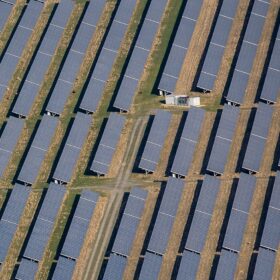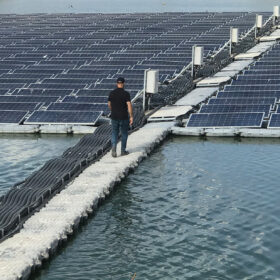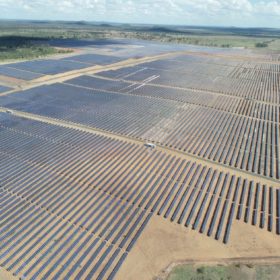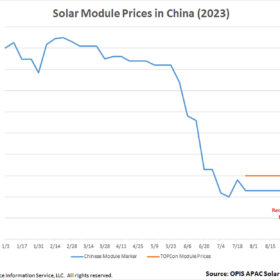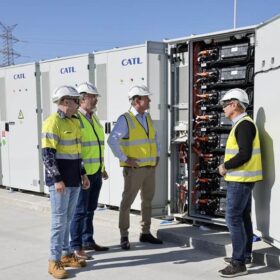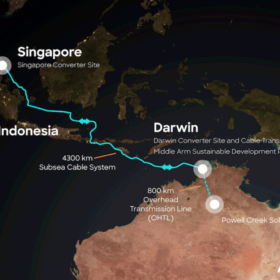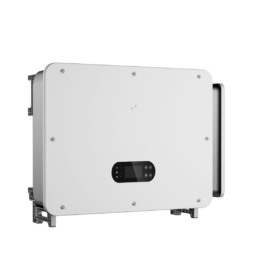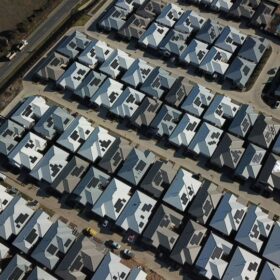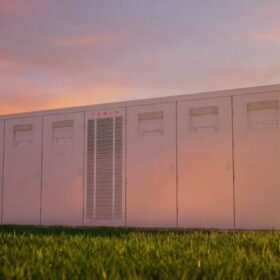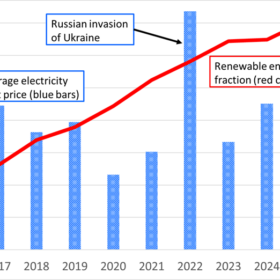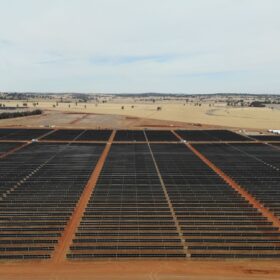New figures provide clarity on solar module glut, ‘dumping’ prices
German PV analyst Karl-Heinz Remmers looks at current price trends in the global and European PV industry. The figures he provides could explain how overcapacity and warehouses full of PV modules are affecting market prices.
A terawatt of solar module capacity expected within 16 months
Clean Energy Associates projects that major Chinese manufacturers will achieve a global solar module manufacturing capacity of 1 terawatt by the end of 2024. Furthermore, this capacity is projected to hit that same mark within China’s borders by 2025.
Overcapacity hammering solar stocks
BloombergNEF Senior Analyst Jenny Chase and Aurora Energy Research Renewables Lead Rebecca McManus speak with pv magazine about financial market trends for solar companies and the role of overcapacity as a driver of turbulence in the industry.
Philippines to build new 100 MW floating solar power farm
Zonal Renewables plans to construct a new 100 MW floating solar project on a 90-hectare fishpond in the Philippines, in Cadiz, Negros Occidental province.
Malaysian oil-backed company targets up to 8 GW in Australia, latest international player to invest multi-billions
Gentari, a subsidiary of Malaysian state-owned oil company Petronas, plans to build between 5 GW to 8 GW of solar, wind and battery projects in Australia by 2030. The ambition follows its acquisition and rebranding of Wirsol Energy, which marked the Malaysian company’s entry into the Australian renewable energy market.
REC launches 470 W heterojunction solar panel with 22.6% efficiency
REC has developed a new series of heterojunction solar panels with efficiencies up to 22.6% and an operating temperature coefficient of -0.24% per degree Celsius.
ACEN to triple its investment in Australian renewables to $6 billion
Philippines-based AC Energy Corporation (ACEN) has confirmed plans to up its investment in Australia over the next three years to $6 billion (USD 3.86 billion). The company has been highly active in the Australian market this year, and with its increased investment is seeking to bring a further 3 GW of new renewable capacity online.
China solar module prices dive to record low
In a new weekly update for pv magazine, OPIS, a Dow Jones company, provides a quick look at the main price trends in the global PV industry.
WA, Indonesia strengthen ties around critical minerals
Western Australia has signed an agreement to bolster its relationship with Indonesia around critical minerals and clean energy manufacturing – with both regions among the world’s leading producers for particular minerals.
SunCable sale complete, company lays out more subdued project scope
SunCable’s sale to Mike Cannon-Brookes’ Grok Ventures has today been completed, with the company flagging new project elements, including a subsea cable manufacturing and testing facility, as well as reiterating its vision of delivering bulk energy to Singapore via undersea cables.

